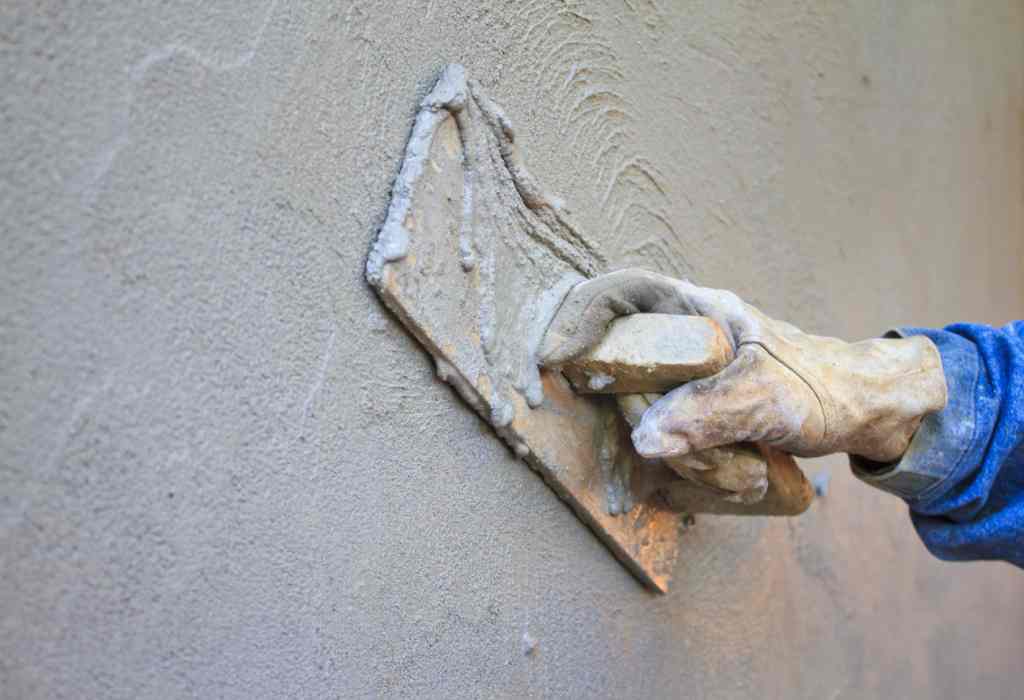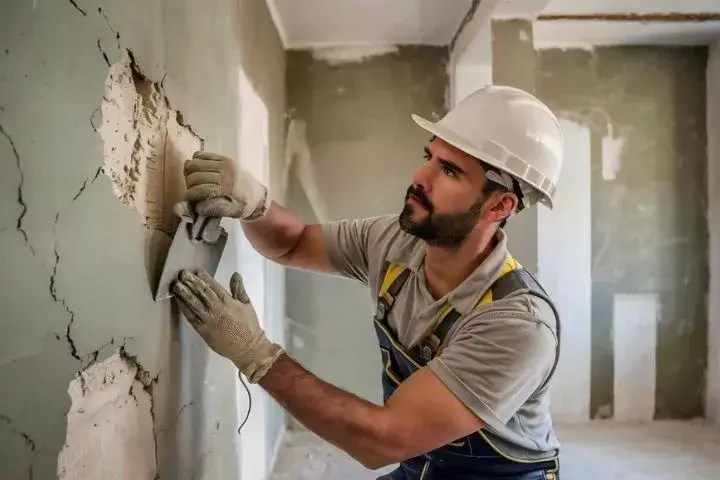A Comprehensive Guide to Learning Plastering Skills for Your Renovation Demands

Important Devices and Products
In the world of plastering, having the right devices and materials is extremely important to achieving a flawless finish. Different necessary devices offer distinct purposes, making sure effectiveness and accuracy throughout the gluing process. A premium trowel, for instance, is indispensable for smoothing and using plaster, while a hawk gives a secure platform for holding the product. A joint blade is also important for thorough job, particularly in edges and sides.
In addition to tools, picking the right plastering products is vital. Gypsum-based plasters are frequently preferred for their versatility and simplicity of usage, while cement-based options are ideal for exterior applications because of their resilience. Water and bonding representatives play considerable functions in achieving appropriate consistency and adhesion, ensuring that the plaster adheres successfully to the surface area.
Moreover, safety gear such as masks, gloves, and goggles is important to protect against dirt and inflammation throughout the application process. By putting together the ideal mix of tools and products, plasterers can improve their ability and produce top notch finishes, ultimately boosting the overall workmanship of their work.
Preparing Surface Areas for Gluing
Accomplishing a sturdy and smooth plaster surface starts with careful prep work of the surfaces to be smudged. This fundamental step is critical to guaranteeing adhesion and the durability of the plaster. Begin by assessing the condition of the substrate-- whether it is drywall, concrete, or stonework-- getting rid of any kind of loosened paint, dirt, or debris that might hinder bonding.
Next, repair any type of flaws such as holes or cracks. Make use of a suitable filler to achieve a level surface area; this can be crucial for protecting against future problems. As soon as repaired, make certain the surface area is dry and clean, as dampness can jeopardize plaster adherence.
For permeable surfaces, it is suggested to apply a bonding representative. This product boosts attachment and develops a trustworthy interface in between the plaster and substrate. If collaborating with previously plastered surface areas, it may be essential to scuff or sand the location gently to supply a key for the brand-new plaster layer.
Gluing Techniques and Tips
Understanding plastering methods calls for both skill and method to achieve a perfect surface. One vital method is the application of the plaster in numerous thin layers, as opposed to a single thick coat. This method allows for better adhesion and decreases the danger of fracturing. Begin with a skim coat, ensuring it is uniformly spread and leveled with a hawk and trowel. Utilize a straightedge to examine for any blemishes prior to moving on to subsequent layers.
When applying the finish layer, utilize a troweling strategy that involves holding the trowel at a small angle this post and working in a circular movement. This assists to develop a smooth surface and lowers the look of trowel marks. In addition, keep a spray container of water convenient to mist the surface gently; this maintains the plaster convenient and enables for smoother finishing.
Timing is vital; job efficiently, as the plaster begins to establish. When the plaster has actually firmed up yet is still moist, use a wet sponge to carefully smooth the surface additionally. Finally, permit sufficient drying time before sanding or painting, guaranteeing your effort leads to a specialist, top notch coating.
Usual Blunders to Stay Clear Of

Another common mistake is applying plaster too thickly. Excitable applications can bring about fracturing and long term drying times. It's necessary to use plaster in thin, also layers, allowing each coat to dry appropriately before including extra.
Additionally, not utilizing the right devices can prevent the top quality of the surface. Making use of improper trowels or mixers can create inconsistencies in the gluing process. Constantly choose premium devices designed for plastering tasks.
Last but not least, lots of people undervalue the relevance of timing. Operating in inappropriate temperatures or moisture levels can adversely impact plaster treating and drying. It is advisable to check weather problems and adjust your timetable appropriately.
Completing Touches for a Professional Look
The last stages of a smudging task are vital for achieving a refined, specialist appearance. When the plaster has dried sufficiently, the following step additional hints is to analyze the surface area for flaws.
After sanding, it's a good idea to clean up the surface area to eliminate any type of dust and debris. A damp towel works for this purpose, complied with by a thorough drying period. If required, applying a slim layer of ending up plaster can boost the surface additionally, supplying a smooth coating.
Once the completing plaster is completely dry, one more round of fining sand may be called for to attain the preferred smoothness. Lastly, think about using a primer her comment is here prior to paint or wallpapering, which will certainly improve attachment and sturdiness.
Conclusion
Grasping plastering abilities significantly improves the top quality of restoration tasks. A detailed understanding of crucial tools, surface preparation, and reliable methods is vital for attaining expert outcomes.
Water and bonding agents play significant roles in accomplishing correct consistency and bond, guaranteeing that the plaster sticks effectively to the surface area. Plastering.


In addition, maintain a spray bottle of water useful to mist the surface area lightly; this maintains the plaster practical and enables for smoother finishing. (Plastering)
If required, using a slim layer of finishing plaster can boost the surface better, supplying a smooth surface.
Comments on “Plastering Providers Near Me: Find Trusted Neighborhood Plastering Experts”